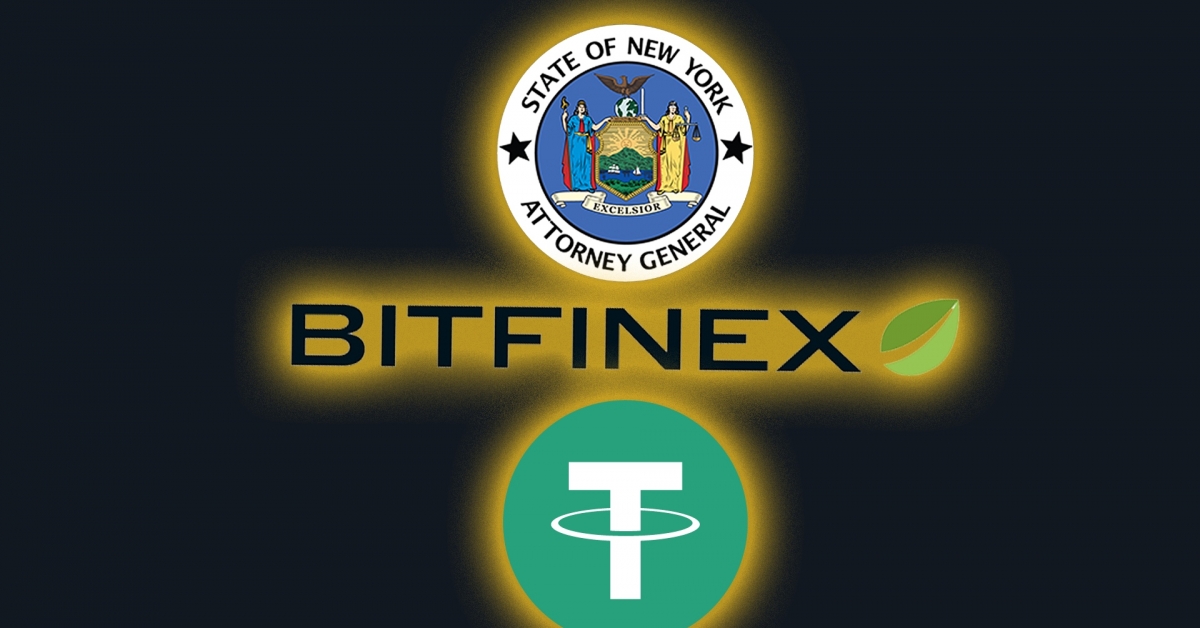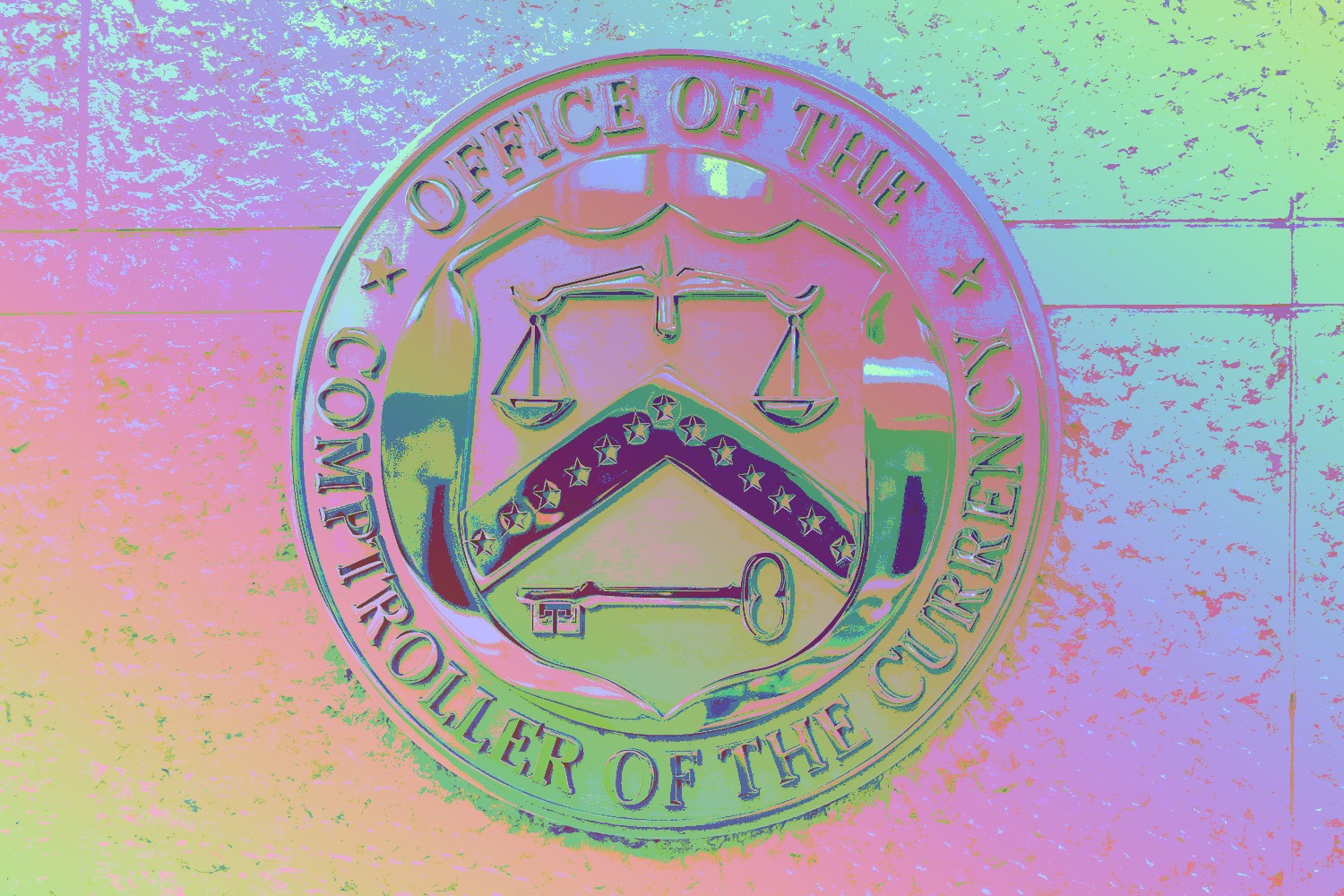Bitcoin and S&P 500 Eye Quarterly Loss as Bonds Look Most Attractive Since 2009
Bitcoin (BTC) and Wall Street’s benchmark equity index, the S&P 500, appear on track to end the third quarter lower as a key metric shows the case for owning bonds over stocks and risk assets in general, is strongest since 2009.
The top cryptocurrency by market value traded at $26,100, representing a 14% decline for the third quarter, assuming losses hold through Sept. 30. At Friday’s close of $4,320.05, the S&P 500, the benchmark for risk assets worldwide, including cryptocurrencies, was down nearly 3% for the third quarter.
The equity risk premium, the gap between the S&P 500’s earnings yield and the yield on the U.S. 10-year Treasury note, has declined to -0.58, the lowest since 2009, according to charting platform TradingView. The spread has averaged roughly 3.5 points since 2008.
In other words, the allure of investing in stocks and other risk assets has dimmed with safe-haven government bonds offering a relatively higher return. Treasury securities are regarded as risk free, given they are backed by the United States government, which has never defaulted on its debts. The 10-year yield, therefore, is considered a benchmark risk-free rate of return against which other returns from other assets are compared.
The difference between the S&P 500’s dividend yield and the 10-year Treasury yield paints a similar picture. The spread has declined to -2.87, the lowest since July 2007.
Juicy bond yields also mean less incentive to invest in bitcoin. Crypto propounders consider bitcoin a haven asset like digital gold, although historically, the cryptocurrency has been a pure play on liquidity, often acting as a lead indicator to stocks.
:format(jpg)/cloudfront-us-east-1.images.arcpublishing.com/coindesk/LPH34GP7NJAVBKPTMVKRZIFQXQ.png)
“Bitcoin is a non-yield bearing, risk-on asset. As such, it will be adversely affected by a high USD risk-free rate due to portfolio rebalancing,” Alex McFarlane, co-founder of Keyring Network, said on LinkedIn.
“The suggestion that we can go forward ignoring rates markets and trade BTC as an orthogonal portfolio component doesn’t square unless BTC can offer a risk-free rate – which it cannot, unlike POS [Proof-of-stake],” McFarlane added.
The S&P 500 earnings yield is the sum of the earnings per share of the index’s component companies divided by the current index level. The dividend yield is the basic return an investor can expect to receive by investing in the index companies.
The spread between the earnings yield and the bond yield helps money managers assess the relative attractiveness of the two assets.
Edited by Parikshit Mishra.









